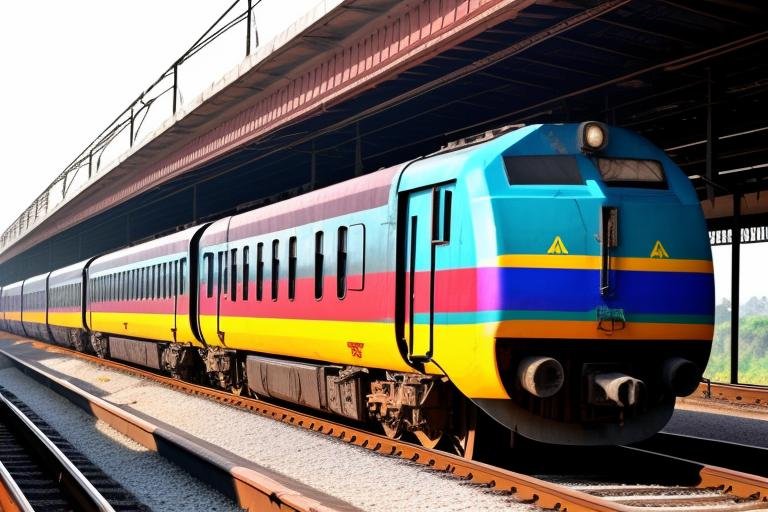Indian Railways is one of the world’s largest railway networks, playing a vital role in transporting goods across India. A key part of this operation is the Freight Note Receipt (FNR) system, which allows shippers and receivers to track their freight consignments in real-time. In this guide, we will explain everything you need to know about Indian Railway FNR status and how to track your freight shipment online easily.
Track Your Consignment
Tracking Information
Your courier with docket number is on its way.
Estimated delivery days: 3-4 Days from Booking Date
What is FNR in Indian Railways?
The Freight Note Receipt (FNR) is a unique number assigned to every freight consignment booked with Indian Railways. It acts as a shipment ID, enabling customers and logistics managers to monitor the progress of their goods from the point of origin to the destination.
FNR tracking is an essential tool to get real-time updates about your freight shipment status — whether it’s in transit, arrived at a station, delayed, or delivered.
How to Check Indian Railway FNR Status Online
Tracking your shipment status online is simple and can be done through the official FOIS (Freight Operations Information System) portal. Follow these steps:
- Visit the FOIS Portal:
Open the official FOIS website at https://fois.indianrail.gov.in/FOISWebPortal/pages/FWP_FNREnq.jsp. - Enter Your FNR Number:
On the FNR enquiry page, enter your unique Freight Note Receipt number. - Fill the CAPTCHA:
Input the CAPTCHA code displayed to verify you are a human. - Submit Your Query:
Click the “Submit” button to view your consignment details. - View Your Freight Status:
The portal will display the current status, transit details, and estimated delivery date of your freight consignment.
Benefits of Using FNR Tracking
- Real-Time Monitoring: Stay updated with live shipment location and status.
- Improved Transparency: Know exactly when your goods will reach their destination.
- Efficient Logistics Management: Helps businesses plan inventory and operations better.
- Notifications: Some systems provide alerts for dispatch, arrival, or delays.
- Historical Data & Reports: Useful for analyzing shipment trends and performance.
What is FOIS and How Does It Help?
FOIS stands for Freight Operations Information System, a comprehensive digital platform developed by Indian Railways to streamline freight operations. It integrates resource allocation, route management, and real-time shipment tracking — including FNR tracking.
FOIS improves efficiency, reduces delays, and enhances coordination between railways, customers, and logistics providers.
Common Commodities Transported via Indian Railways Freight
Indian Railways transports millions of tonnes of goods annually. Common freight items include:
- Coal and minerals
- Food grains and agricultural products
- Cement and construction materials
- Petroleum products
- Fertilizers and chemicals
- Containerized cargo and manufactured goods
These commodities are critical for India’s industrial and economic growth.
Tips for Smooth FNR Tracking Experience
- Always keep your FNR number handy after booking freight.
- Check the FOIS portal regularly for updates.
- Contact Indian Railways customer care if you face issues with tracking.
- Use official websites to avoid misinformation from third-party trackers.
Indian Railways Freight: Backbone of the Economy
Freight services contribute nearly two-thirds of Indian Railways’ revenue, making them the backbone of its operations. Efficient freight transport ensures timely supply of raw materials and goods, supporting industries and markets nationwide.
FAQs on Indian Railway FNR Status and Tracking
Q1. Can I track my freight consignment without an FNR number?
No, the FNR number is mandatory for tracking freight shipments in Indian Railways.
Q2. What if the FOIS portal shows no updates?
There could be delays in updating the system. Wait for some time or contact customer support.
Q3. Is there a mobile app for FNR tracking?
Currently, FOIS tracking is primarily web-based, but some logistics partners may offer apps integrated with FOIS
Start tracking your shipment now at: FOIS FNR Tracking Portal
